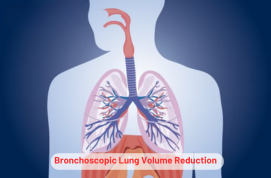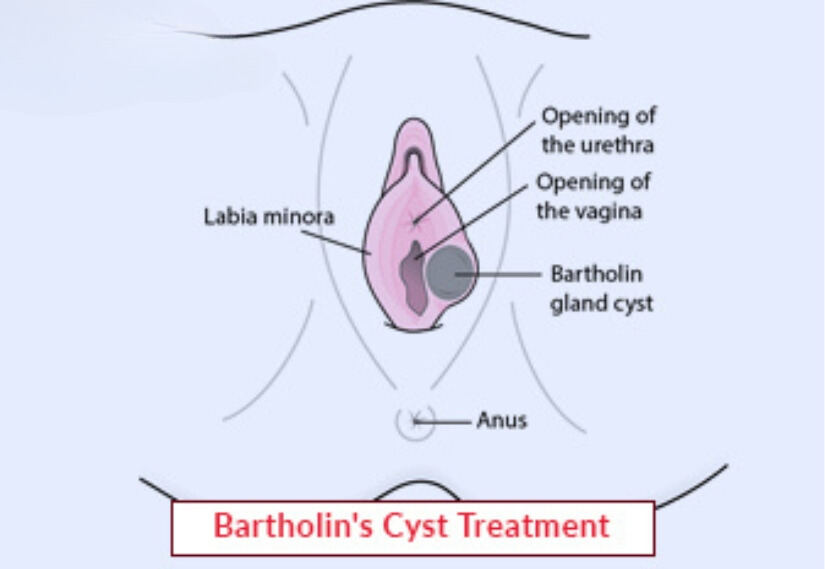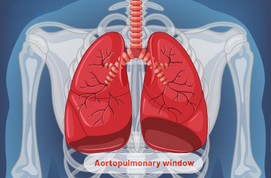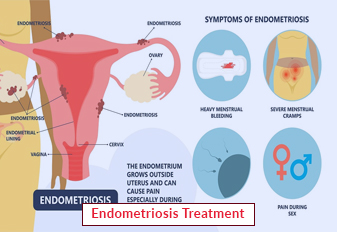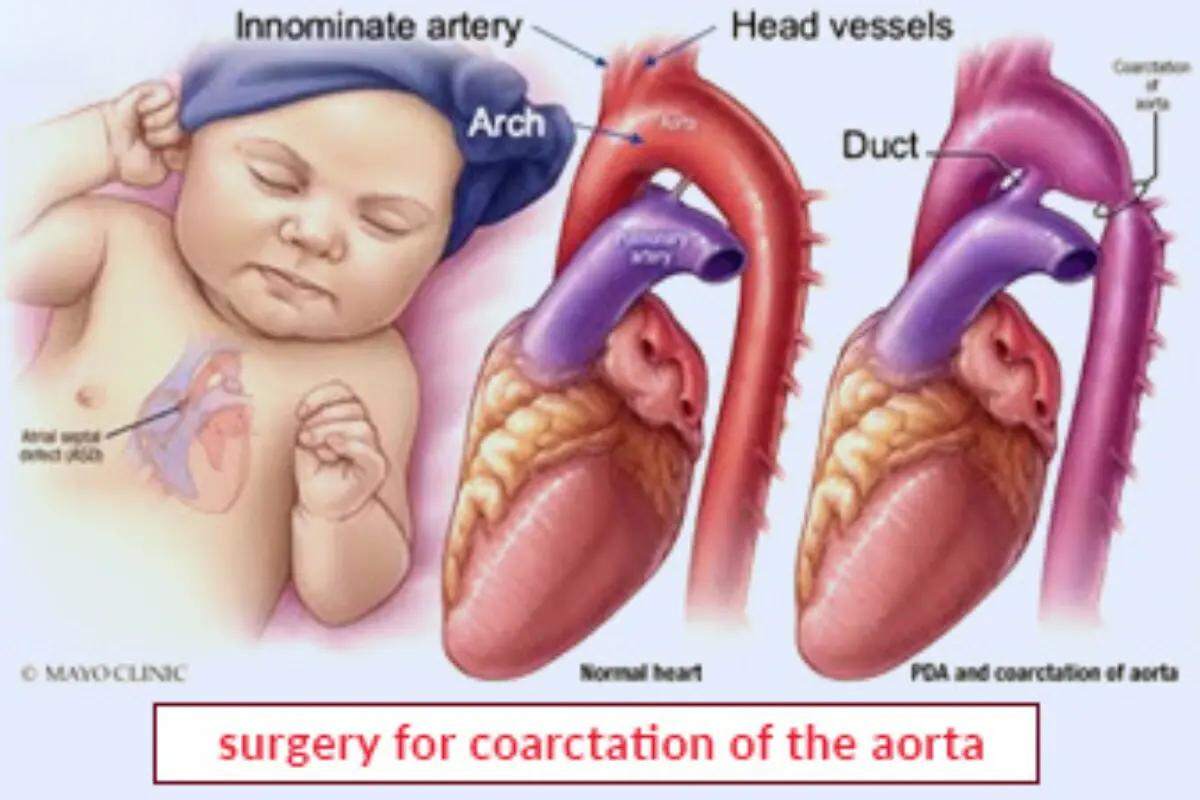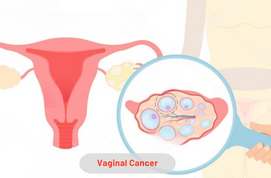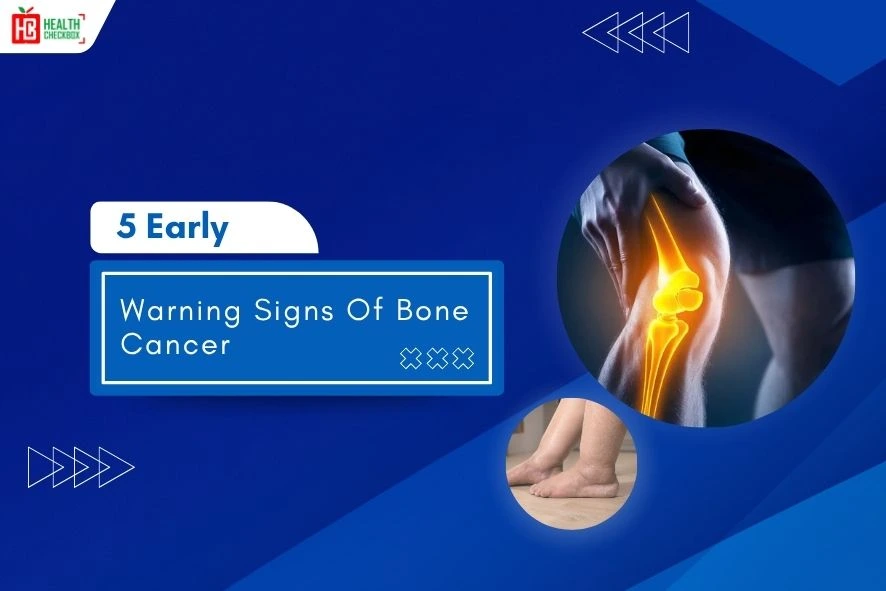Bronchoscopic lung volume reduction is a nonsurgical process in which valves are used to let out the trapped air from the lungs. Because of the use of the valves, it is called endobronchial valve therapy. This treatment helps to treat serious emphysema, which is a type of chronic obstructive pulmonary disease. This medical condition makes it difficult to breathe. However, this treatment reduces the excess volume of the air in the lungs and makes it easy to breathe.
So a doctor places a tiny device in the form of valves in the lungs. It is done to improve the lung function, which is also considered a valve placement process. It is found that millions of individuals are experiencing COPD in the world and looking for treatment. Here, you will learn about its procedure, benefits, cost, and risks.
Benefits of BLVR
There are many advantages of this BLVR procedure, and these are mentioned below:
- Risk of infection and injury is less than pneumonectomy.
- Improves the lung function by enhancing ability to do exercise and daily activities more efficiently.
- Takes less time to recover.
- It allows you to live a better and more active life.
- Decrease shortness of breath.
- Increase exercise tolerance.
Requirements for Bronchoscopic Lung Volume Reduction
There are some criteria that are required for this procedure, and these are as follows:
- Body mass index
- Symptoms of breathlessness
- Severe obstruction
- Smoke-free for at least four months
Diagnostic Tests for BLVR (Bronchoscopic Lung Volume Reduction)
There are some medical tests that are run by a pulmonologist before starting the treatment. These are as follows:
- Echocardiogram
- Chest X-ray
- Pulmonary function test
- Right heart catheterization
- CT scan with high resolution
- Blood tests
- Six-minute walk test
- Arterial blood gas test
Procedure of Bronchoscopic Lung Volume Reduction
When a person has difficulty performing daily activities due to narrowed lungs. This procedure extracts unhealthy pieces of lungs, which allows the lungs to work more effectively.
Before the Procedure
It is a minimally invasive procedure. However, your doctor will give you the following instructions before placing the valve.
- Share medical and family history with your doctor.
- You should stop taking other medicines because they may interrupt the process.
- You should not drink or eat anything for a couple of hours before the procedure.
During the Procedure
The BLVR process includes the use of coils, thermal vapor ablation, and valves. A surgeon will insert an endobronchial valve, which allows air to be breathed out only and prevents breathing in. Two types of valves are used, the Zephyr valve and the Spiration valve. Its procedure is completed in the following steps:
- Your pulmonologist will give you anesthesia to make you fall asleep during the process.
- Now the BLVR valve is inserted by using a thin tube, which is followed by an instrument named a bronchoscope. This is placed into the throat and then pushed down towards the airways.
- The endobronchial valves are placed into the lungs.
- After completing the process, the instrument is removed.
After the Procedure
Once it is completed then your doctor will monitor your vitals. Then the doctor will advise you to take medicine. You will also be asked to take rest and not engage in any kind of strenuous exercises.
Risk Factors of BLVR
The BLVR helps to treat this severe lung problem, however, it can cause some complications. These are given below:
- Air sacs of the lungs get inflamed because of pneumonia.
- Irregular pattern of heartbeat.
- The BLVR process can fill up the space between the lungs and chest wall, and this causes pneumothorax.
- Severe respiratory failure.
- The symptoms of COPD get worse, such as difficulty in breathing.
Cost of Bronchoscopic Lung Volume Reduction
Emphysema is a severe lung problem that makes the lungs non-functional by trapping the air into it. This causes shortness of breath by preventing oxygen travel from lungs to the bloodstream. It is quite expensive surgery, which may cost you between INR 50,000 to 10 lakhs. This is an estimated cost for BLVR in India, however, this cost may vary in various hospitals.
Latest Health Tips
Can Immunotherapy Cure Stage 4 Lung Cancer?
Early Signs of Cervical Cancer
Foods that Kill Cancer: Leafy Vegetables, Grains, & More
What Stage of Cancer is Immunotherapy Used For?
Which is Worse for Cancer, Sugar or Alcohol?
Vaccines That Prevent Cancer
What Kills Cancer Cells in the Body Naturally?
5 Early Warning Signs of Bone Cancer
Submit Your Enquiry
Testimonials








